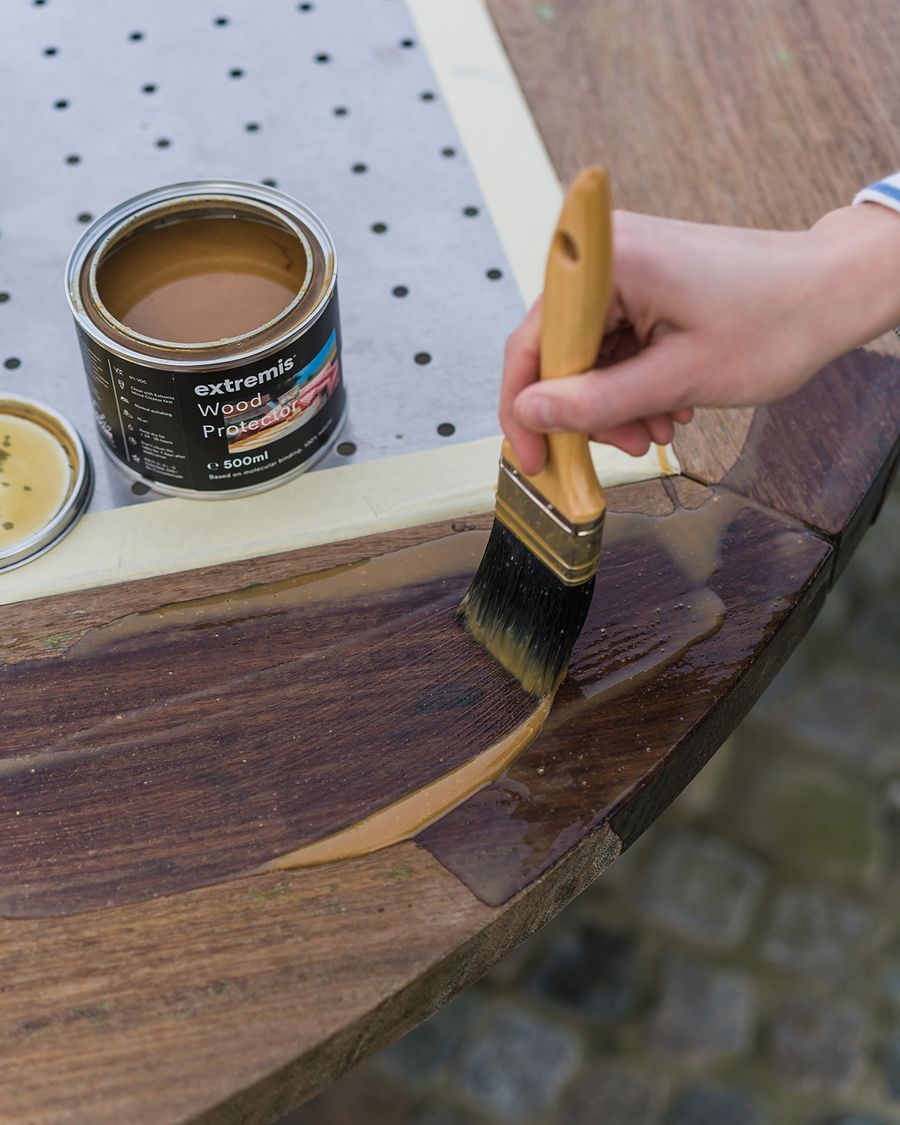At Extremis, we prefer to select materials not for their impressive looks straight out of the box, but for their strength, longevity, durability and beauty over time. Although tough in character, wood shows the signs of age like any other living thing. Our goal is to make sure that you are happy with your choice of wood and to show you how to keep the wood living up to your expectations. Let’s get off on the right foot and share the main characteristics of wood.
What to expect from wood
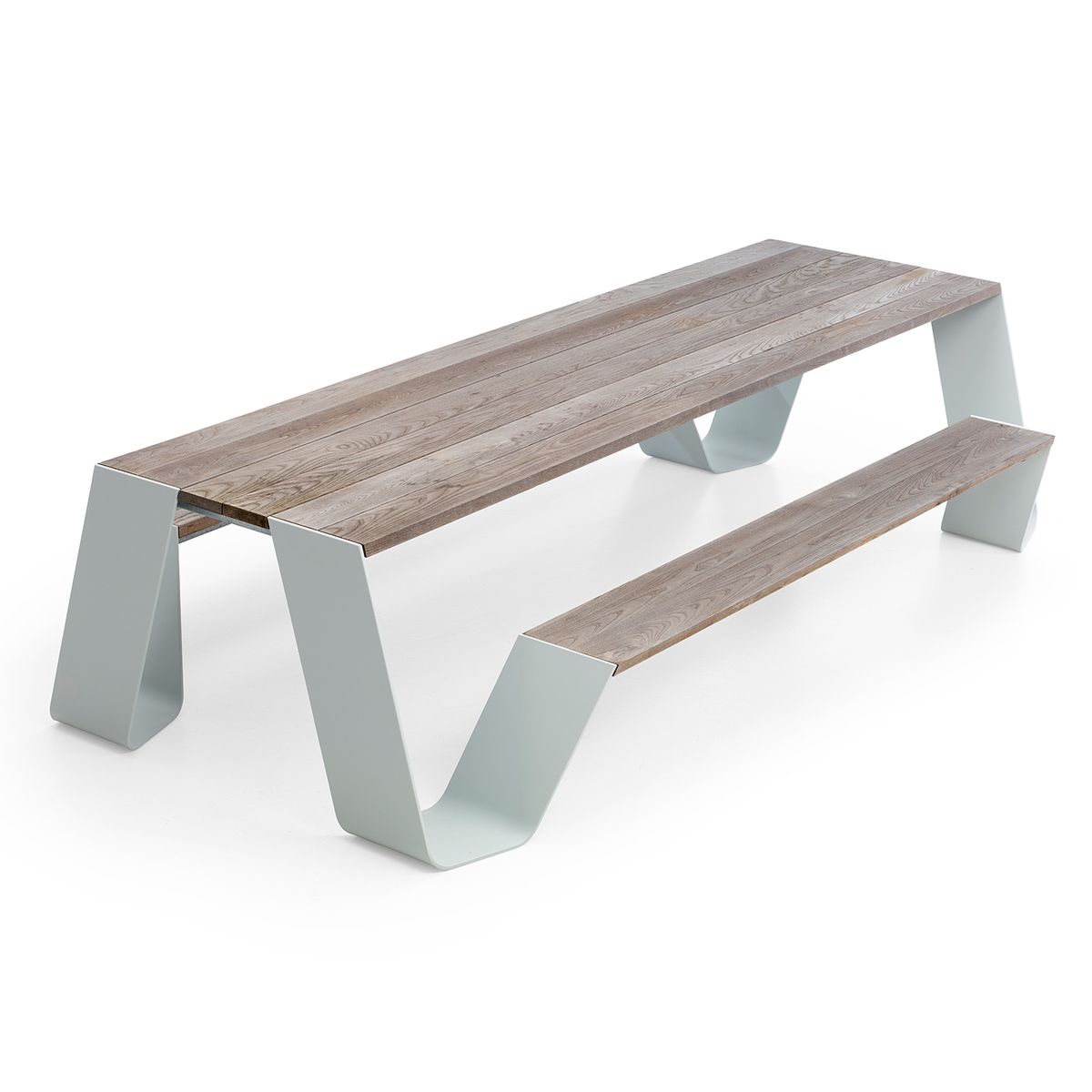
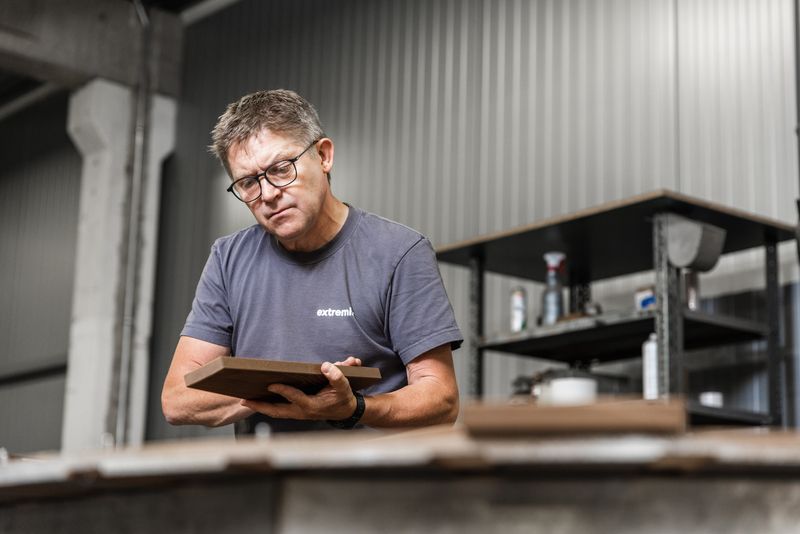
Wood is sustainable
We believe wood is the most sustainable material choice available. We only use wood that meets the requirements of durability Class I, which is the best available. As we also offer PEFC-certified wood, we support a sustainable management of this renewable resource.
Wood is unique
In nature, trees are not created equally. Nor can this be expected from our tables. The beauty of wood lies in the different physical characteristics of each plank. For reasons of sustainability, we don’t believe that wood should be wasted for the sake of a slight variation in color or grain. We do our best to maintain consistency, but slight variations are to be expected. After all, our strength lies in our differences, right?
In some cases, white spots might appear in the wood, especially in Iroko hardwood. These tiny dots are calcium carbonate deposits that become a part of the wood when the tree absorbs water from an alkaline soil. The calcium fragments don’t change the quality of the wood, but they are visiblee. From a durability standpoint, Extremis will not throw out this quality wood, however, when there are more than ten spots visible per 100 cm², the wood is no longer used in our regular sale, but gets a second life for demonstration and R&D purposes.
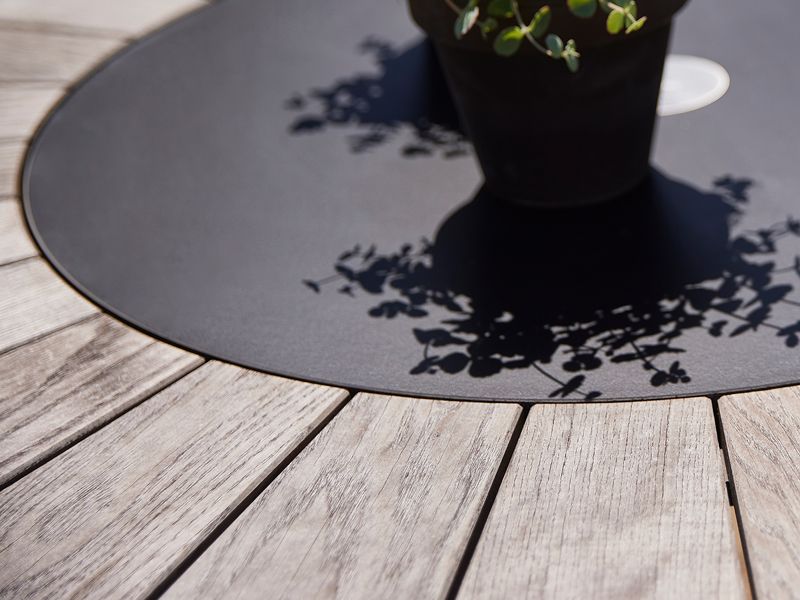
Wood is alive
We select the most stable wood on the market to avoid cracks, chips or warping. However, wood is a living material, so you have to expect some changes over time. Remember that unlike its indoor counterparts, outdoor furniture takes a constant beating from the elements. Changing temperatures, humidity, acid rain, wind and UV rays have an impact on wood.
The older we get, the more wrinkles and gray hairs we (usually) get. It's the same for wood. As a consequence of exposure to the elements, its patina will change over time. The surface turns gray and small cracks and crevices may appear as a part of the aging process. This is perfectly normal and a typical characteristic of wood. The structural integrity of the material is not compromised by these changes.
Wood turns silvery gray when it stays outdoors because it loses its tannins. Tannins are yellow, brown, or reddish organic compounds that are part of the wood tissue. On initial contact with rain, these pigments can bleed out of the wood for a period of time (depending on how much and how often it rains). These tannins are completely natural and water-soluble and will disappear from any surface after time and exposure to the elements. So don’t fret, let it set.
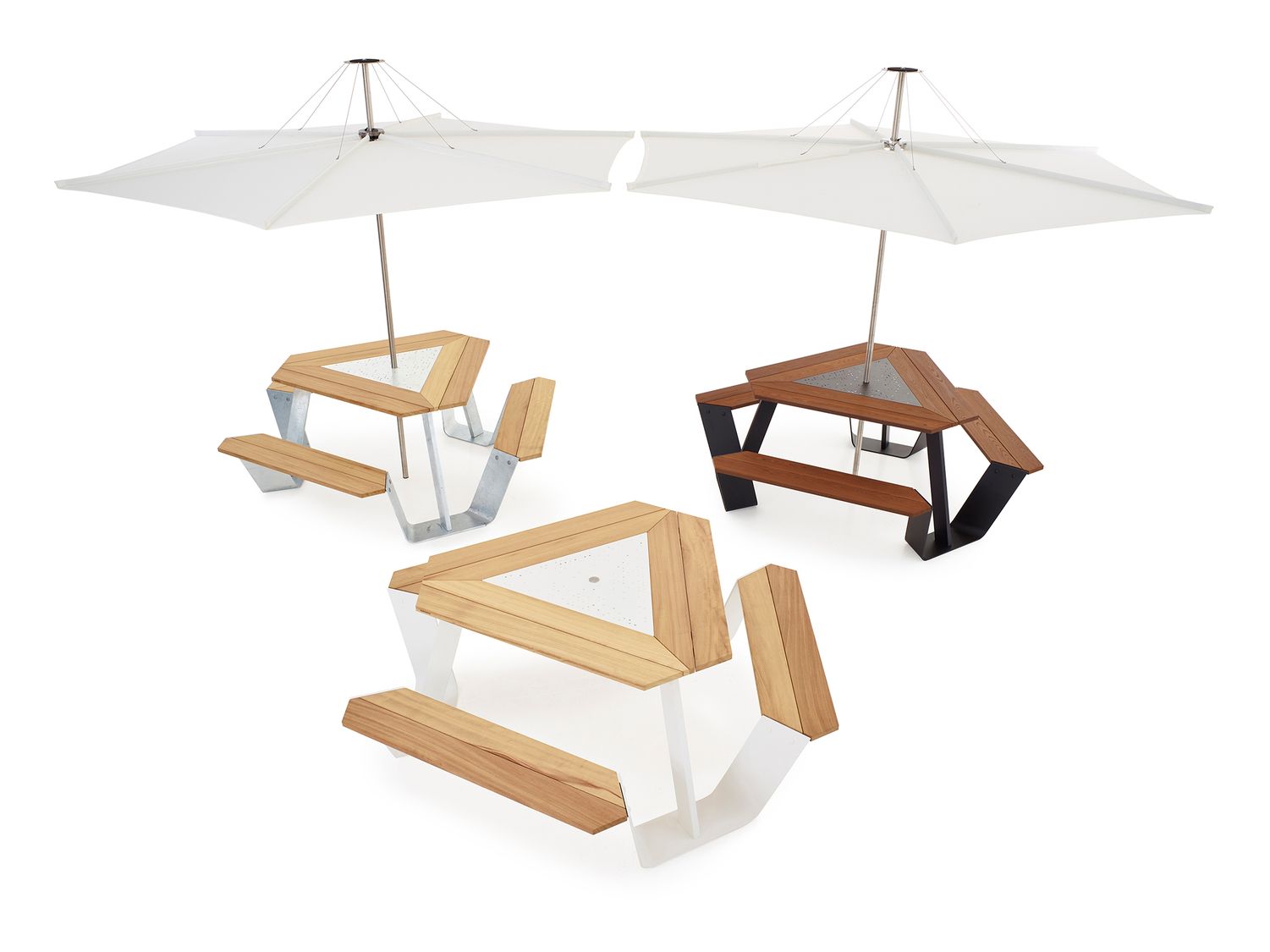
We believe that with proper care, wood is the most sustainable material we can offer
Wood is long lasting
When delivered, our wooden parts are untreated, this way, you can personally choose whether you want to keep the natural – changing – patina of your wood or not.
However, if you do wish to counter these changes, antiaging cream is available in the form of wood oil (for example with our Wood Protector). By regularly applying wood oil, you create a protective barrier around the wood. Therefore, the wood can preserve its original color and you can prevent liquids and stains from penetrating the surface.
If you do not wish to treat your wood, that’s also fine. Will it fall apart without treatment? No. Will it last longer and stay more beautiful with treatment? Definitely!
Extremis wooden furniture is designed to last as long as possible. In the case that something should happen to it, you can always sand, re-oil or even replace a slat or plank.
